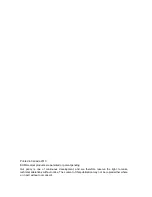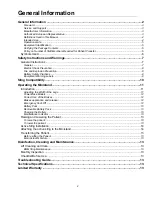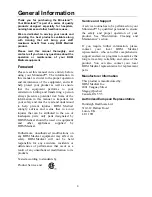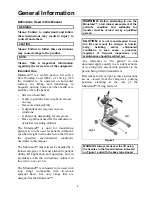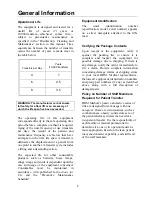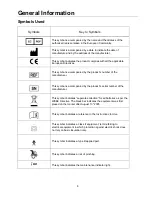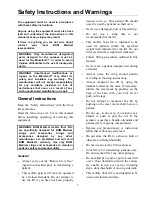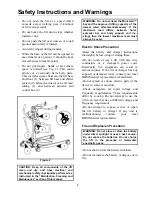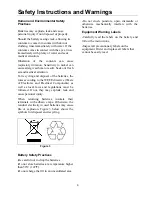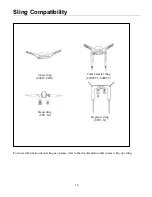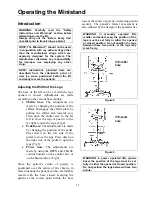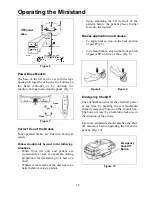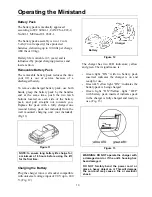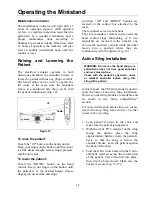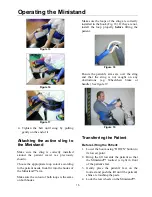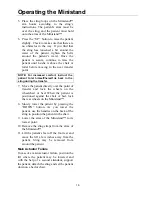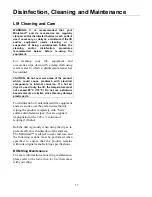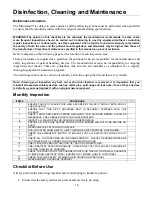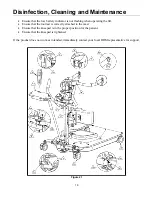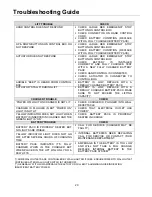
General Information
5
Operational Life
The equipment is designed and tested for a
useful life of seven (7) years or
10 000 transfers—whichever comes first—
subject to preventative maintenance as
specified in the “Disinfection, Cleaning and
Maintenance” section in this manual. Time
equivalence between the number of transfers
versus the number of years is made clear in
the table below.
Transfers per Day
Years
(10,000 transfers)
4 7
6 4.5
8 3.5
WARNING: The manufacturer cannot ensure
full safety for a floor lift or an accessory of
which the life span has been exceeded.
The operating life of this equipment
corresponds directly to the safe operating time
period before a complete overhaul is required.
Aging of the unit, frequency of use (transfers
per day), the weight of the patient and
maintenance frequency are factors that have
an impact on the lift’s life span. A transfer is
defined as the displacement of a patient from
one point to another. A transfer cycle includes
a lifting and a descending action.
The expected life for other consumable
products, such as batteries, fuses, lamps,
slings, straps and cords is dependent upon the
care and usage of the equipment concerned.
Consumables must be maintained in
accordance with published
Instructions for
Use
and the “Preventive Maintenance
Schedule”.
Equipment Identification
The unit's identification number
(specification, model, serial number) appears
on a silver nameplate attached to the lift’s
mast.
Verifying the Package Contents
Upon receipt of the equipment, verify it
against the packing list to ensure it is
complete and inspect the equipment for
possible damage due to shipping. If there is
any damage, notify the carrier immediately to
file a claim. Provide complete information
concerning damage claims or shipping errors
to your local BHM Medical representative.
Include all equipment identification numbers
and group part numbers (if any) as described
above along with a full description of
damaged parts.
Policy on Number of Staff Members
Required for Patient Transfer
BHM Medical’s passive and active series of
lifts are designed for safe usage with one
caregiver. There are circumstances, such as
combativeness, obesity, contractures etc. of
the patient that may dictate the need for a
two-person transfer. It is the responsibility of
each facility or medical professional to
determine if a one or two person transfer is
more appropriate, based on the task, patient
load, environment, capability, and skill level
of the staff members.


